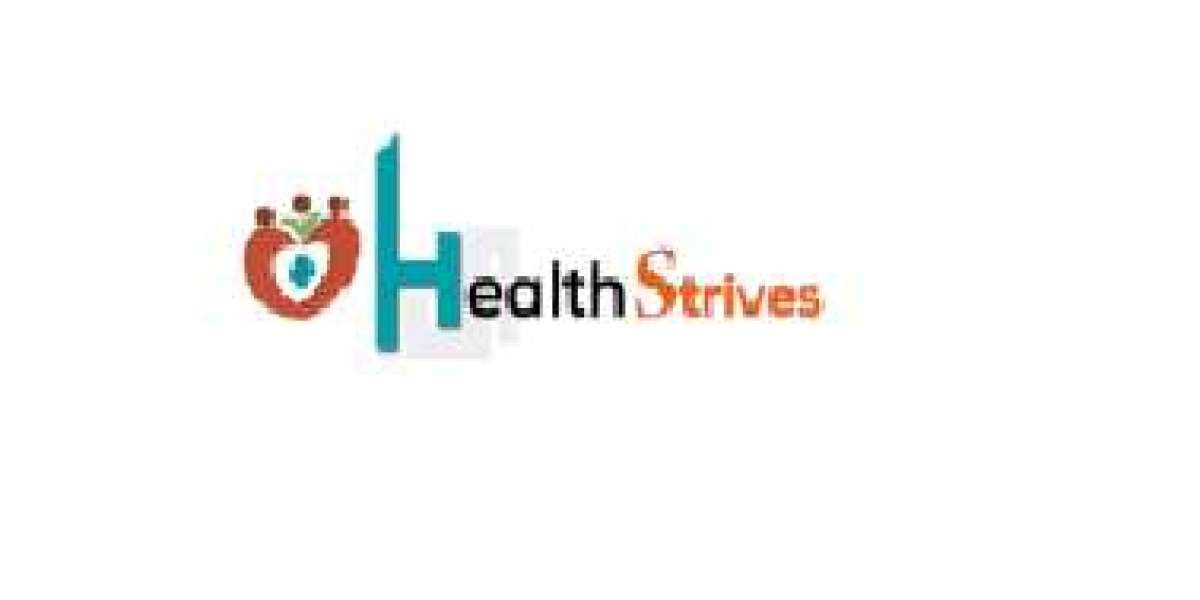In the ever-evolving landscape of software development, the choice of the right development methodology can significantly impact the success of a project. This decision is of paramount importance for Mobile App Development Companies, Android app development companies, and iOS app development companies. Two of the most commonly used methodologies are Agile and Waterfall. In this guest blog, we will delve into the differences between Agile and Waterfall methodologies and provide insights on how to choose the right one for your specific project.
Understanding Agile and Waterfall
Before we explore the selection process, let's take a closer look at both Agile and Waterfall methodologies:
Agile
Agile is an iterative and flexible approach to software development. It emphasizes collaboration, customer feedback, and incremental progress. Agile divides the project into smaller segments, or "sprints," allowing for regular adjustments and improvements as the project progresses. The Agile methodology values adaptability and transparency, making it an excellent choice for projects where requirements may change over time.
Waterfall
Waterfall is a linear and sequential methodology where each phase of the project must be completed before the next one begins. It follows a structured approach, with a clear set of requirements and defined milestones. Waterfall is often seen as a more traditional approach, ideal for projects with well-defined and unchanging requirements.
Selecting the Right Methodology
Choosing the right methodology is crucial for the successful execution of your project. Here are the key factors to consider when selecting between Agile and Waterfall for your Mobile App Development Company:
Project Requirements
Agile: Choose Agile if your project requirements are not well-defined at the outset and are expected to evolve over time. Agile allows you to adjust your project scope and priorities based on customer feedback and market changes. This is especially valuable for mobile app development, where user preferences can change rapidly.
Waterfall: Opt for Waterfall if your project requirements are clear and unlikely to change significantly during development. Waterfall is well-suited for projects where a detailed specification is available from the start, such as regulatory compliance applications or projects with fixed budgets and schedules.
Flexibility and Adaptability
Agile: Agile is known for its adaptability and flexibility. It allows you to pivot, make changes, and adapt to evolving market conditions or shifting business priorities. For Mobile App Development Companies, this can be a significant advantage, as it enables you to keep up with the ever-changing app landscape.
Waterfall: Waterfall is less flexible, and changes can be challenging to accommodate once the project has progressed past a certain point. If your project can tolerate little to no change, Waterfall might be a suitable choice.
Collaboration and Client Involvement
Agile: Agile encourages collaboration and regular client involvement. It ensures that the client's vision is incorporated throughout the development process. For Android and iOS app development companies, this can lead to more accurate results, aligning closely with user expectations.
Waterfall: Waterfall typically involves less client interaction, with more focus on the project's initial requirements. If your client prefers a hands-off approach or if the project's specifications are highly stable, Waterfall might be acceptable.
Development Speed
Agile: Agile often results in faster development and a quicker time-to-market. For mobile apps, this can be a significant advantage, as it allows you to release new features and updates more rapidly.
Waterfall: Waterfall is generally slower due to its sequential nature. If time is not a critical factor for your project, and you prioritize a structured, phased approach, Waterfall may be suitable.
Risk Tolerance
Agile: Agile can help manage risks effectively by addressing them early in the development process. Regular testing and feedback loops reduce the likelihood of major issues going unnoticed until later stages of the project.
Waterfall: Waterfall may carry higher risks, as issues might not become apparent until the testing phase, which occurs late in the development process. If you have a low tolerance for unexpected setbacks, consider Agile.
Resource Allocation
Agile: Agile projects require a dedicated and collaborative team with a high degree of client involvement. Ensure that your team is available and can commit to the project throughout its lifecycle.
Waterfall: Waterfall projects often have a more predictable resource allocation, as the project phases are well-defined from the beginning. This may be advantageous if resource planning is a critical concern.
Hybrid Approaches
In some cases, a hybrid approach that combines elements of both Agile and Waterfall may be the best solution. This approach allows you to benefit from the structured nature of Waterfall while incorporating Agile principles like customer feedback and iterative development. For instance, you might use Waterfall for the initial planning and requirements gathering, and then switch to an Agile approach for the actual development phase.
Conclusion
The choice between Agile and Waterfall methodologies is a critical decision for Mobile App Development Companies, Android app development companies, and iOS app development companies. It ultimately depends on the specific needs of your project, including requirements, adaptability, collaboration, development speed, risk tolerance, and resource allocation.
Agile is a popular choice for projects with evolving requirements and a need for flexibility, while Waterfall is well-suited for projects with stable, well-defined requirements. In some cases, a hybrid approach may offer the best of both worlds.
Remember that the success of your project hinges on selecting the right methodology. Carefully evaluate your project's unique characteristics, client preferences, and external factors to make an informed decision that aligns with your goals and maximizes the chances of success. Regardless of the methodology you choose, effective project management and clear communication are essential for a successful outcome.











